Happy 2018!
We hope you enjoyed a peaceful and happy holiday season.
As you celebrate the sense of renewal and resolution that always accompanies the beginning of a new year, we invite you to cast your eye about your home, and ask yourself what you might want to improve or create in the coming year.
The post-holiday quiet is the perfect time to reflect and ask these questions about your house:
-
- If you cooked the big holiday meal or baked the December days away, did your kitchen work for you?
- Would an improved use of that so important space make next year’s holidays run smoother?
- Did you host out of town family or welcome the return of children and adult children under your roof?
- Did you have enough space to comfortably accommodate your guests?
- Did you feel proud and comfortable sharing your living room, bathrooms, and bedrooms with all who entered?
- As you decked your halls both inside and out, did the reality match the cozy vision in your head?
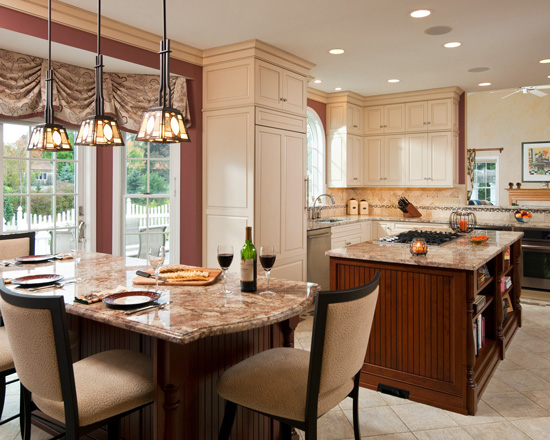
Just as we embrace New Year’s goals and resolutions for our health and wellness, now is the perfect time to set real, concrete goals for your home. The long, cold days of winter keep us inside, and all too aware of the ways our home might function better for our families if we made some important and creative changes. Now is the perfect time to meet with a Schrader and Company craftsmen and discuss your hopes and dreams for your home.
So as you corral endless muddy boots,wet mittens and soggy snowpants in the coming months, think about what a custom mudroom could do for your family.
On days and nights when the bitter temperatures keep you housebound, consider if improved energy efficient windows and doors might keep your heating costs lower and your home warmer.
And while you whip up the healthy meals that will help you reach all your wellness goals, contemplate a gourmet kitchen with Schrader custom cabinetry. We have it on good authority that even kale tastes better when cooked in a kitchen you love.
As for us at Schrader and Company, our 2018 goal is the same as it has been since 1973–to continue to earn our clients’ trust and loyalty by providing the very best in quality remodeling and construction.


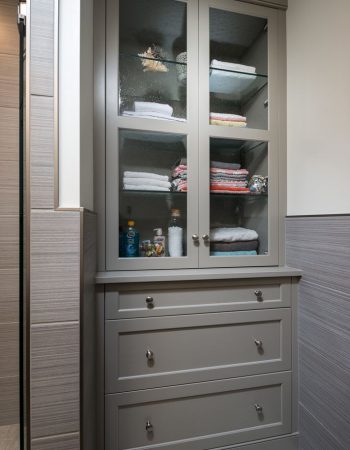
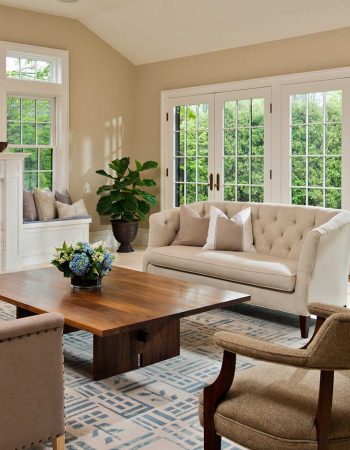
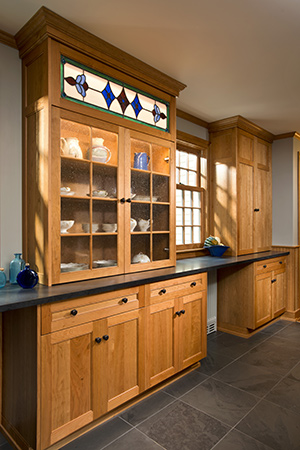
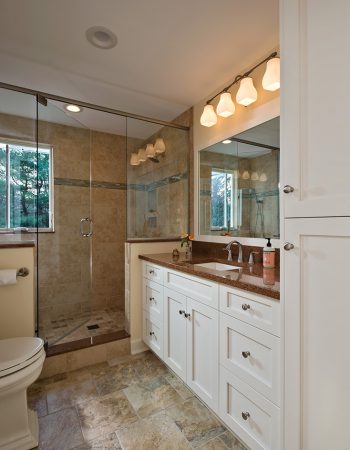
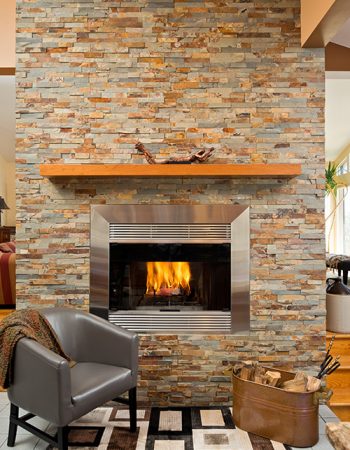
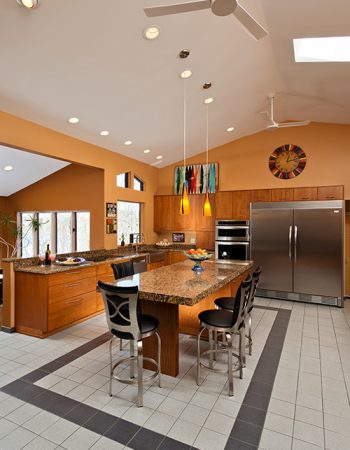
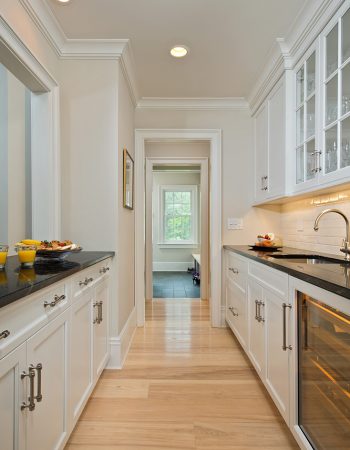
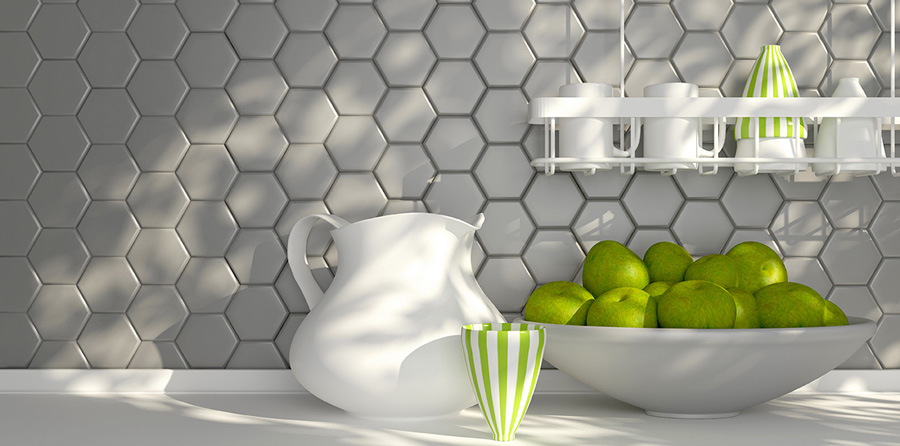


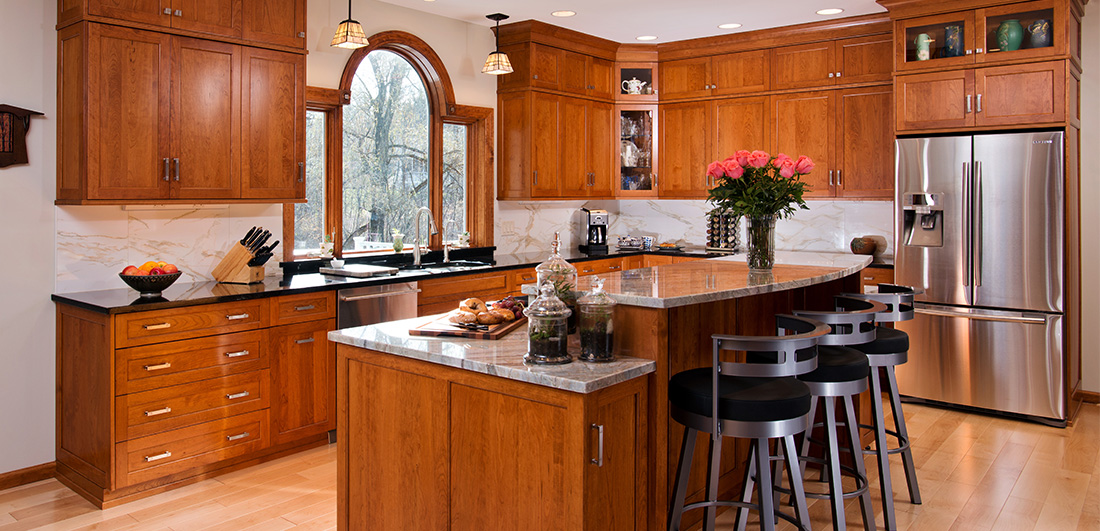
 As we say goodbye to summer, one of the things we start to look forward to is the indulgence of warm, fall food. The cooler weather beckons us into our kitchens to gather with family and friends and celebrate the harvest season with hearty, comforting dishes that help give us that cozy autumn feeling. So show us your favorite home cooked meal of the season, and you could win two tickets to an upcoming fall cooking class of your choosing with
As we say goodbye to summer, one of the things we start to look forward to is the indulgence of warm, fall food. The cooler weather beckons us into our kitchens to gather with family and friends and celebrate the harvest season with hearty, comforting dishes that help give us that cozy autumn feeling. So show us your favorite home cooked meal of the season, and you could win two tickets to an upcoming fall cooking class of your choosing with 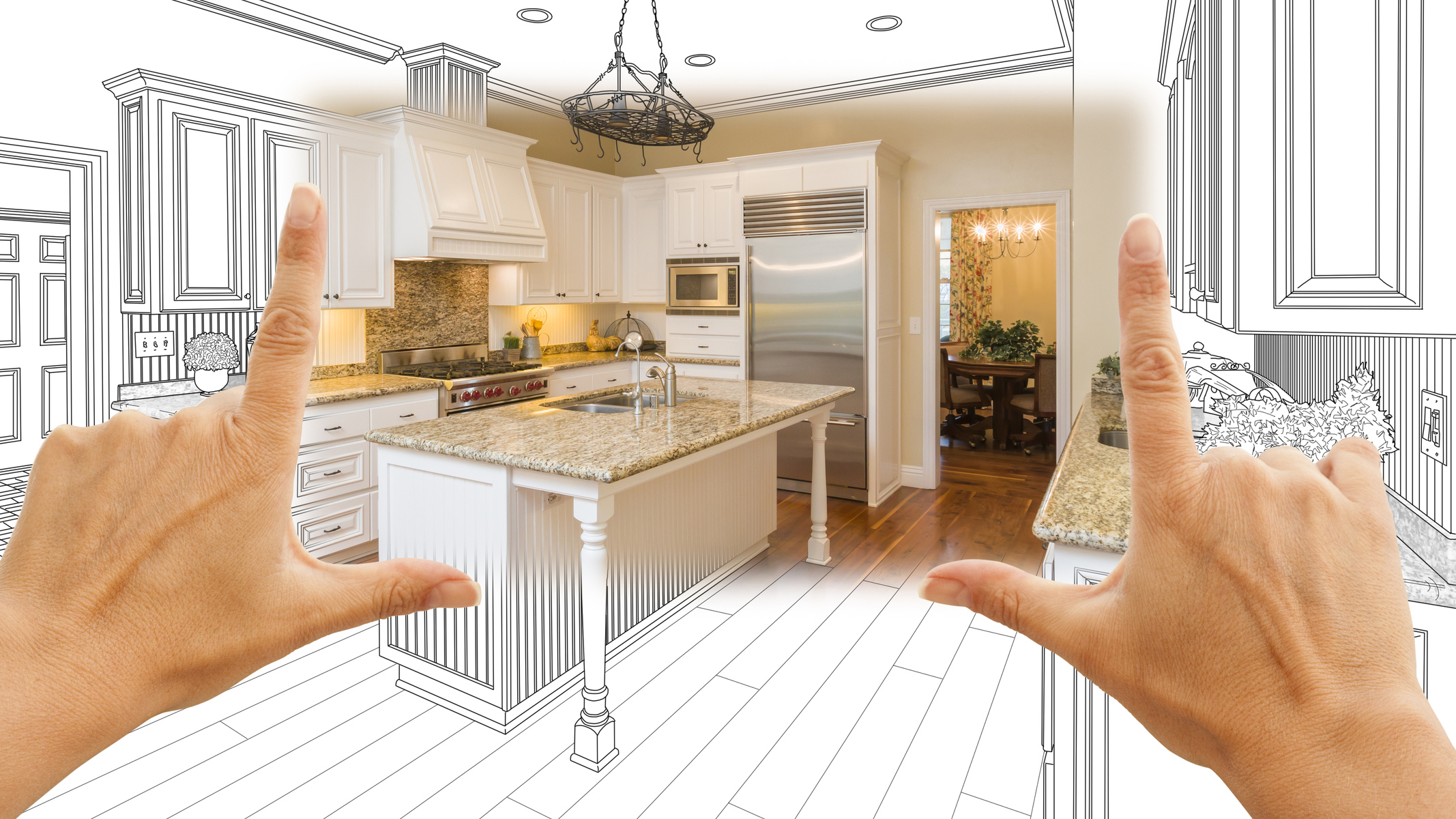
 We have an exciting new addition to our Schrader and Company team. Meet Brooke Stollery, our new in-house interior designer. We sat down with Brooke to discuss her career path and passion for interior design, and what she brings to the table for us as a company, and for you, our valued clients.
We have an exciting new addition to our Schrader and Company team. Meet Brooke Stollery, our new in-house interior designer. We sat down with Brooke to discuss her career path and passion for interior design, and what she brings to the table for us as a company, and for you, our valued clients.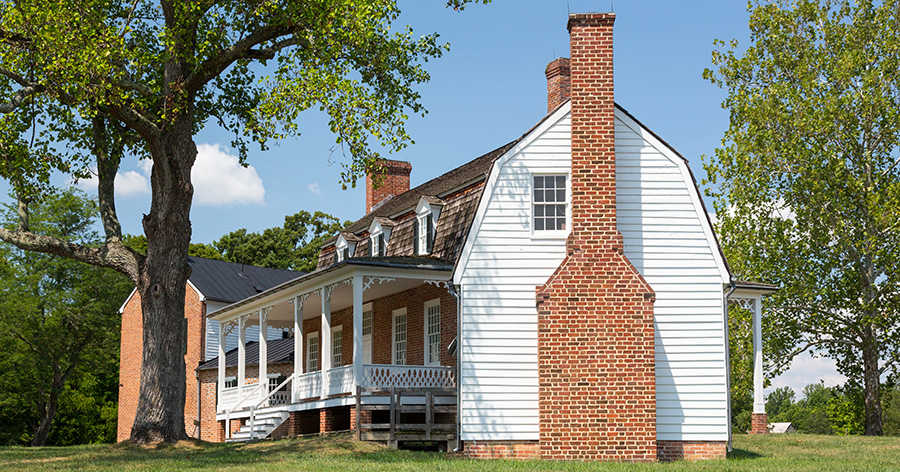
 You’ve probably seen at least one gambrel roof at some point in your life, but you may not know its name.
You’ve probably seen at least one gambrel roof at some point in your life, but you may not know its name. The word “Gambrel” comes from the medieval Latin word gamba, which translates to a horse’s hock. Can you see where it comes from?
The word “Gambrel” comes from the medieval Latin word gamba, which translates to a horse’s hock. Can you see where it comes from?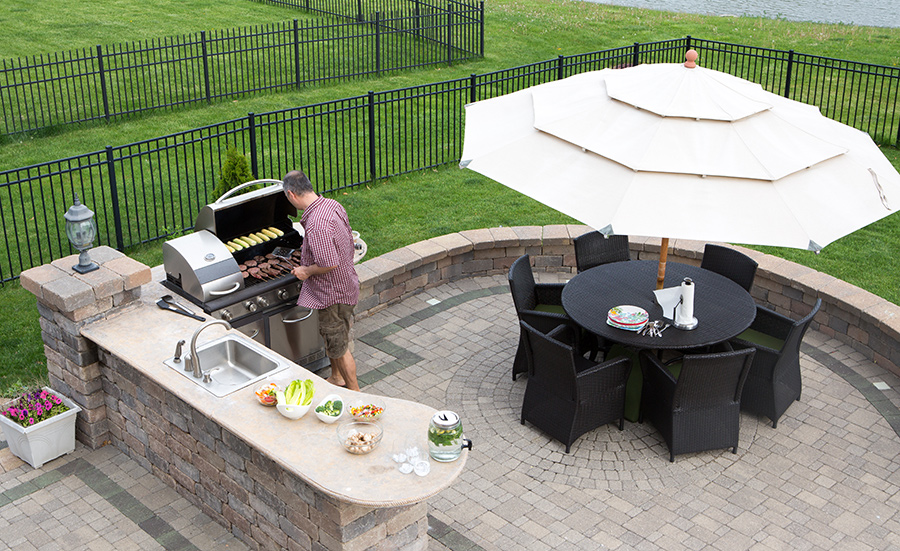
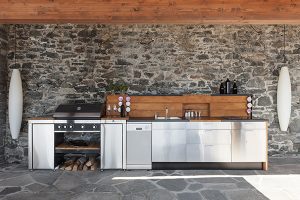 Cabinets –
Cabinets –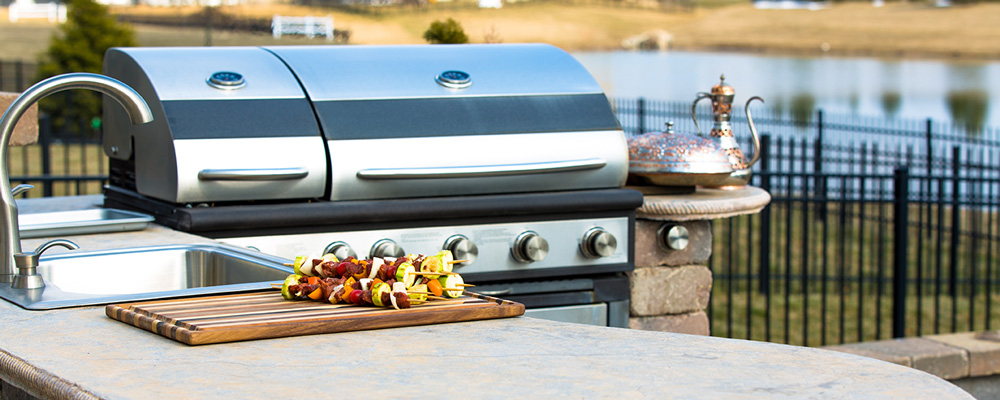
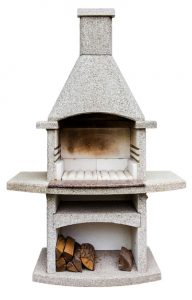 What features are you looking for?
What features are you looking for?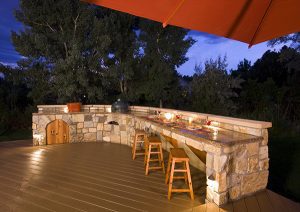 Are you already a grilling enthusiast? Does your family love to dine al fresco? Chances are an outdoor kitchen would be a great investment for your home and lifestyle. If you’ve never grilled before and you cringe at the idea of sharing your eating space with bugs and all things creepy crawly, it would be a good idea to hold off on adding an outdoor kitchen to your home.
Are you already a grilling enthusiast? Does your family love to dine al fresco? Chances are an outdoor kitchen would be a great investment for your home and lifestyle. If you’ve never grilled before and you cringe at the idea of sharing your eating space with bugs and all things creepy crawly, it would be a good idea to hold off on adding an outdoor kitchen to your home.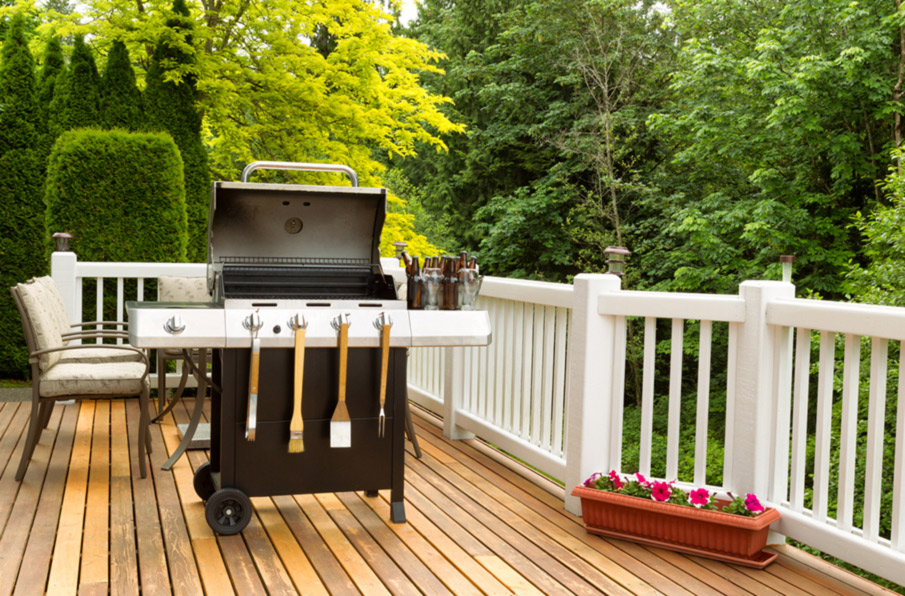

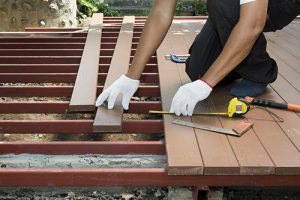 Adding a Deck
Adding a Deck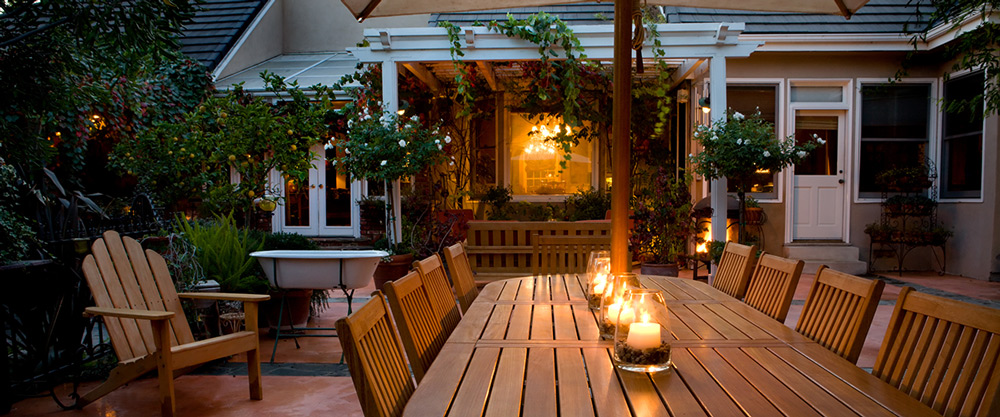
 Clear brush and tall grasses around your home.
Clear brush and tall grasses around your home.